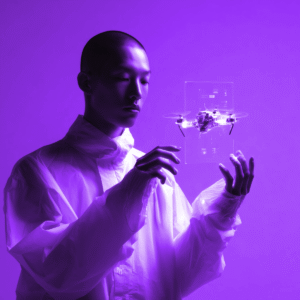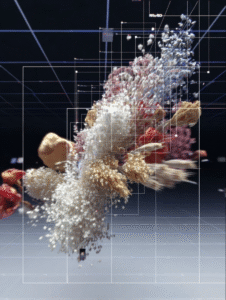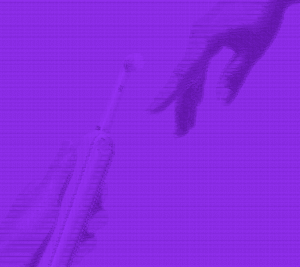In high-intensity design studios or creative business in general, focus is generally treated as a binary condition, either you’re in flow or you’re distracted. Yet in practice, the most compelling creative work rarely emerges from continuous, linear effort. It emerges from a dynamic rhythm of attention, intuition, and incubation.
At Apxt, we’ve recognized a habitual trend in experienced designers, at least those working on long-form or high-complexity projects. When working through a project over the course of weeks or months (sometimes even years), it isn’t uncommon for a designers to begin their day not with direct output, but with a disconnection state, watching or reading long-form media, scrolling through image media, or doing something else outside the scope of work to be accomplished.
This habit is readily misunderstood. On the surface, avoidance may be what it appears to be. Yet within the context of long-term creative work, this conscious disengagement is an essential aspect of cognitive alignment, emotional attunement, and ultimately, productivity.
Design Projects Are Not Linear
As opposed to transactional or procedural work, design work is typically non-sequential in its phases. It involves simultaneous processing of abstract systems, user behavior, visual detail, and strategic business objectives, quite often on more than one project at a time.
Here, forcing continued output without psychological reboot can lead to shallow results, burnout, or decision fatigue. What is seeming “distraction” can in fact be a functional reorientation, a way for the mind to reintegrate divergent elements into coherence.
We define this time not as downtime, but as part of the process.
Incubation and the Default Mode Network
Cognitively, this phenomenon has strong support. Once a designer gets away from the problem he/she is working on, the brain processes at the back of the mind, an idea known to psychology as the incubation effect.
It is during these times of detachment that the Default Mode Network (DMN) takes over. This neural network is responsible for abstract thinking, internal story creation, and creative problem-solving. It is when intuition gets sharp, connections are made, and decisions are straightforward.
Far from “not working,” the designer is really working in a different cognitive mode, one that sets the stage for focused, quality execution.
Procrastination vs. Professional Tuning
It is important to distinguish procrastination clearly from this kind of intentional disengagement.
* Procrastination is typically marked by avoidance, indecision, and emotional resistance. It blocks progress without advancing insight.
* Tuning out, as we define it here, is a deliberate or spontaneous process for refreshing mental design, enabling reconnection at a deeper level with the task and renewed clarity of purpose.
While procrastination disperses momentum, tuning out reconvenes it. It is not a distraction but a tool, a mediating process that allows for sharper concentration and more resonant output.
From Disconnection to Resonance
In our Resonant Design model, we value alignment more than automation and depth more than surface output. The “tuning in” of a project does not begin when a designer opens Figma or a slide deck. It typically begins earlier, through stillness, immersion, storytelling, or disengagement, whatever sparks intuitive organization.
When this phase is honored and intentionally threaded throughout the work flow, teams produce work that is more integrated, more strategic, and more human-centered.
We encourage leaders and designers to recognize this rhythm, and to formalize it as part of the design cadence.
Stop Faking Efficiency
There’s a widespread, unspoken pressure in modern workplaces to seem efficient, to be always busy, always making. But in design, this mindset is often counterproductive.
Creativity is not an issue of volume of activity. It’s an issue of clarity, alignment, and timing. When designers are given the trust to work on their own pace, incubation, reflection, and tuning out included, they’re better able to deliver concentrated, high-impact work.
At Apxt, we embrace a shift in how organisations tackle the design process:
What appears passive can be the most active part of thinking.
What appears a pause can be preparation.
And what appears ineffectiveness can be the very foundation of work that counts.
Let’s stop faking efficiency.
Let’s start designing for resonance.
Unveil Ideas, Ignite Innovation
Otso Lindfors
Founder & Visionary at Apxt Consulting
Passionate visionary at the helm of Apxt, igniting the fusion of design, strategy, and innovation. With a profound curiosity and an insatiable appetite for redefining possibilities, I orchestrate our journey to unravel the strategic depths of business and design. Just as a composer envisions harmonies, I craft strategic narratives that resonate with authenticity and excellence, leading Apxt towards a future defined by innovation.



